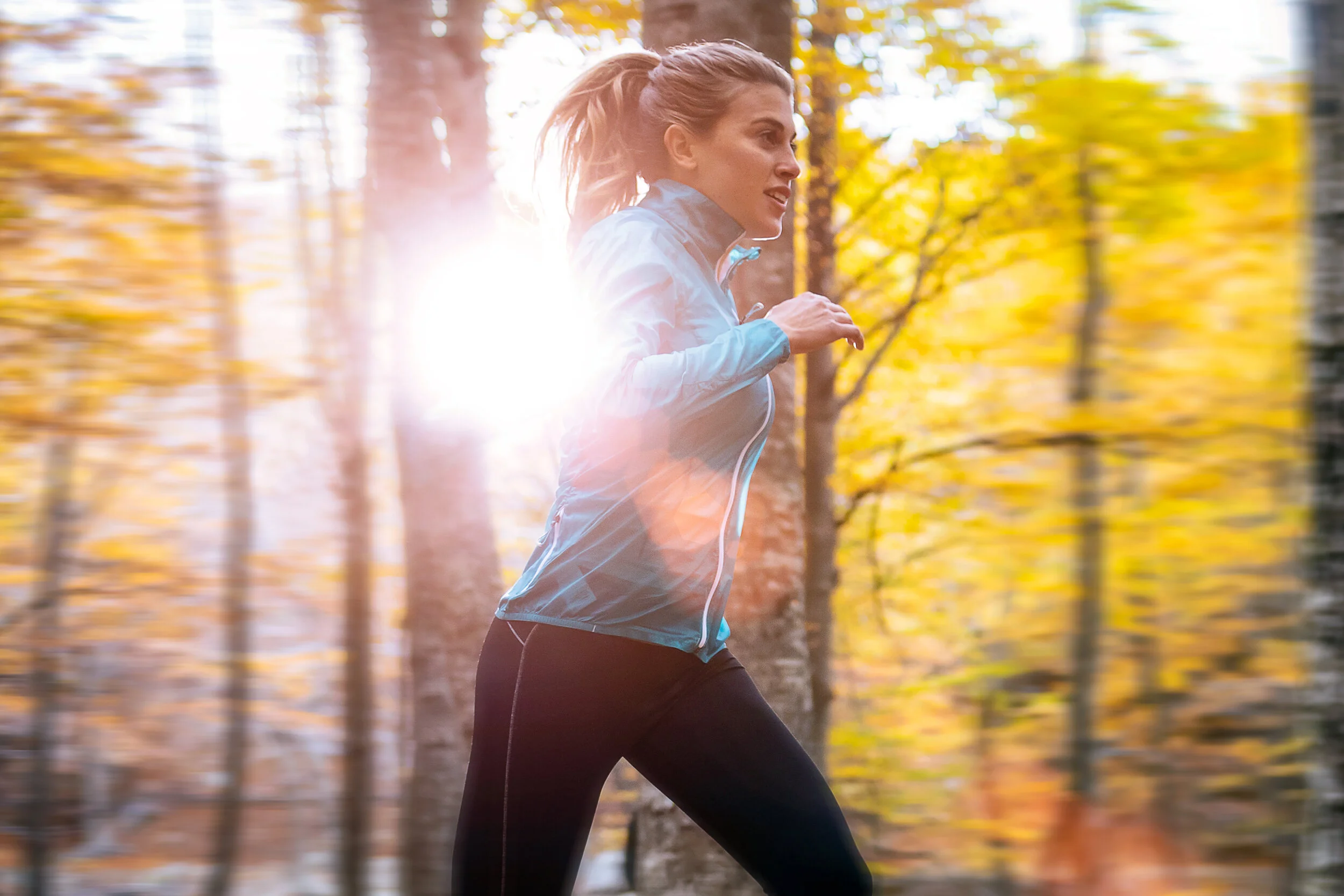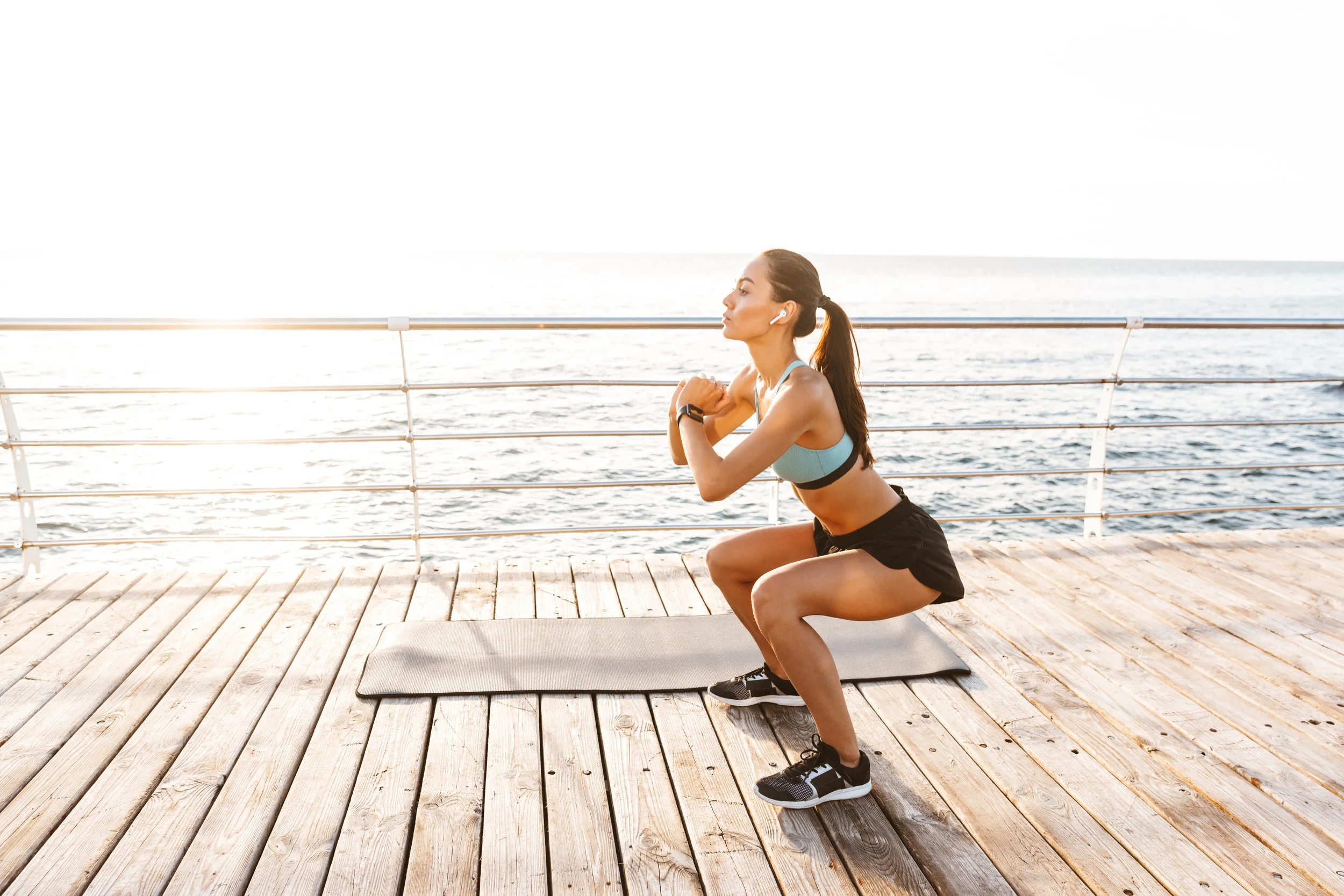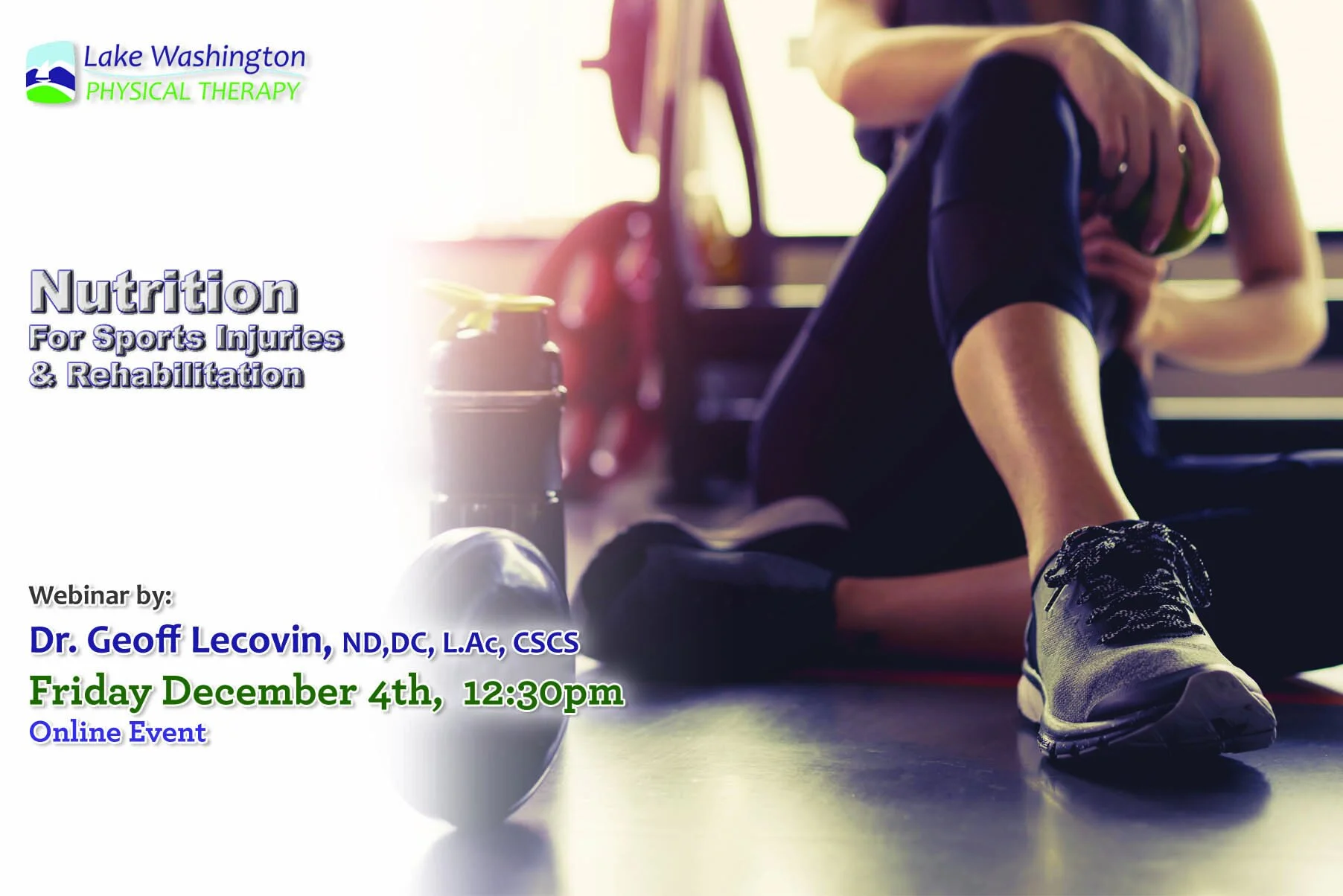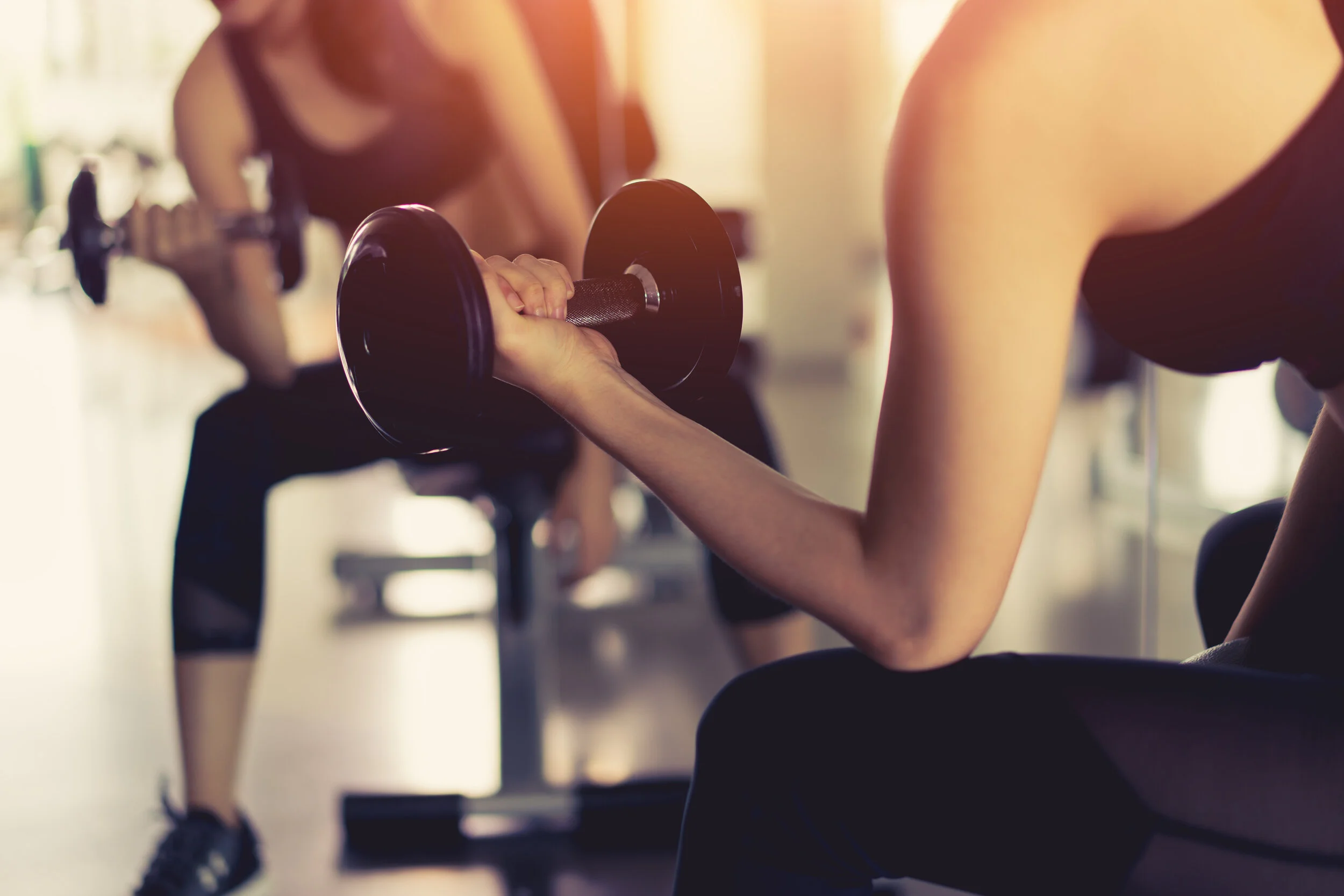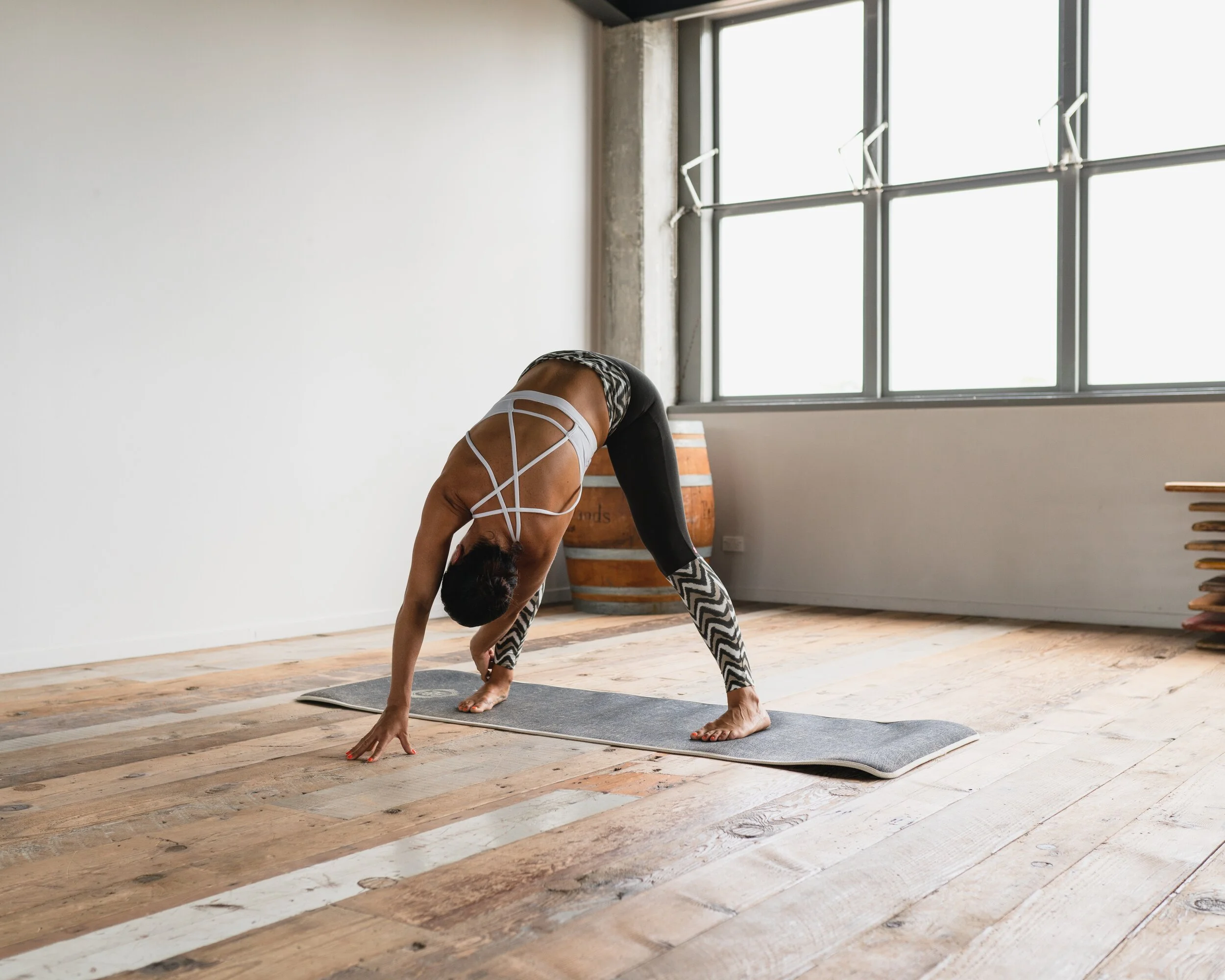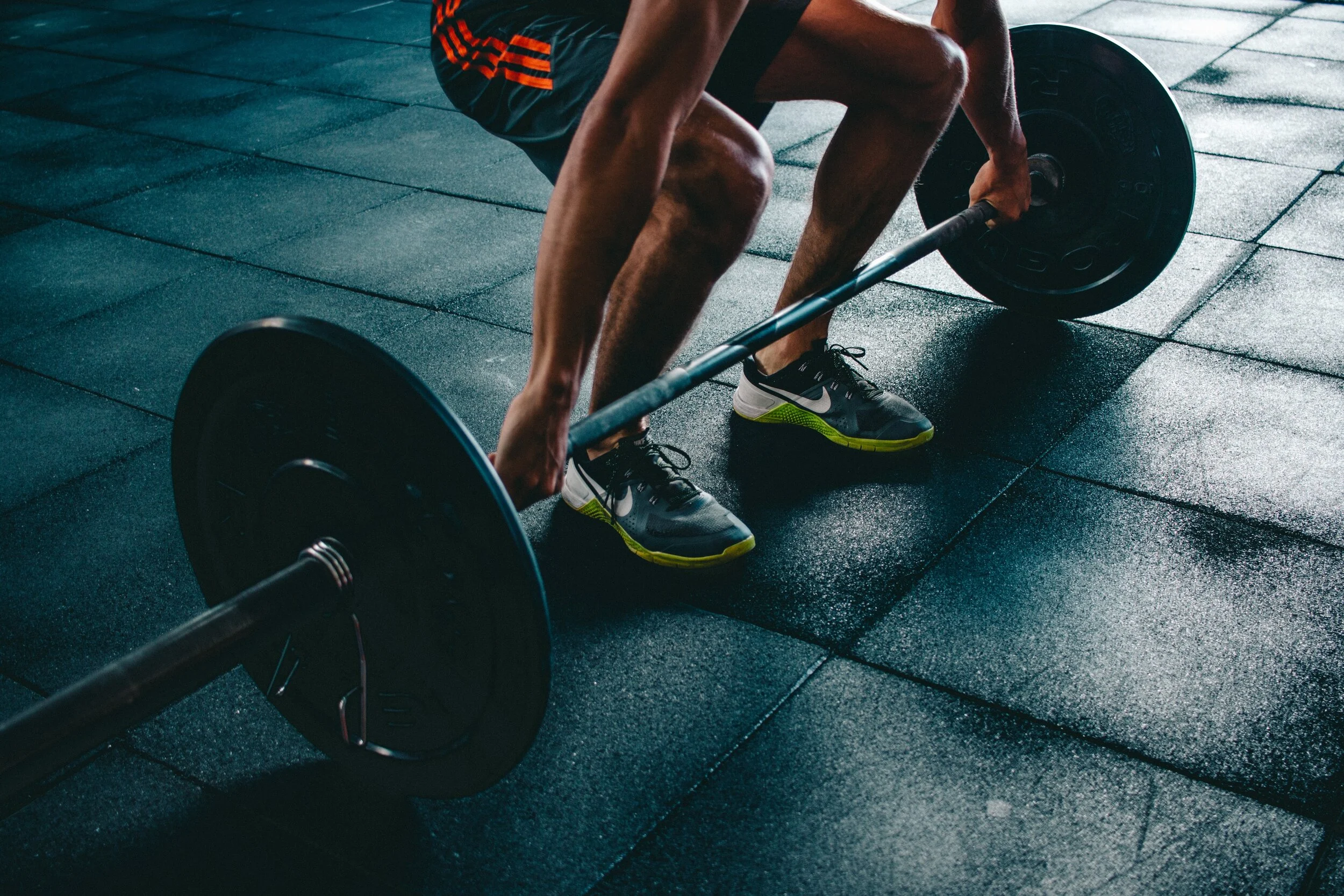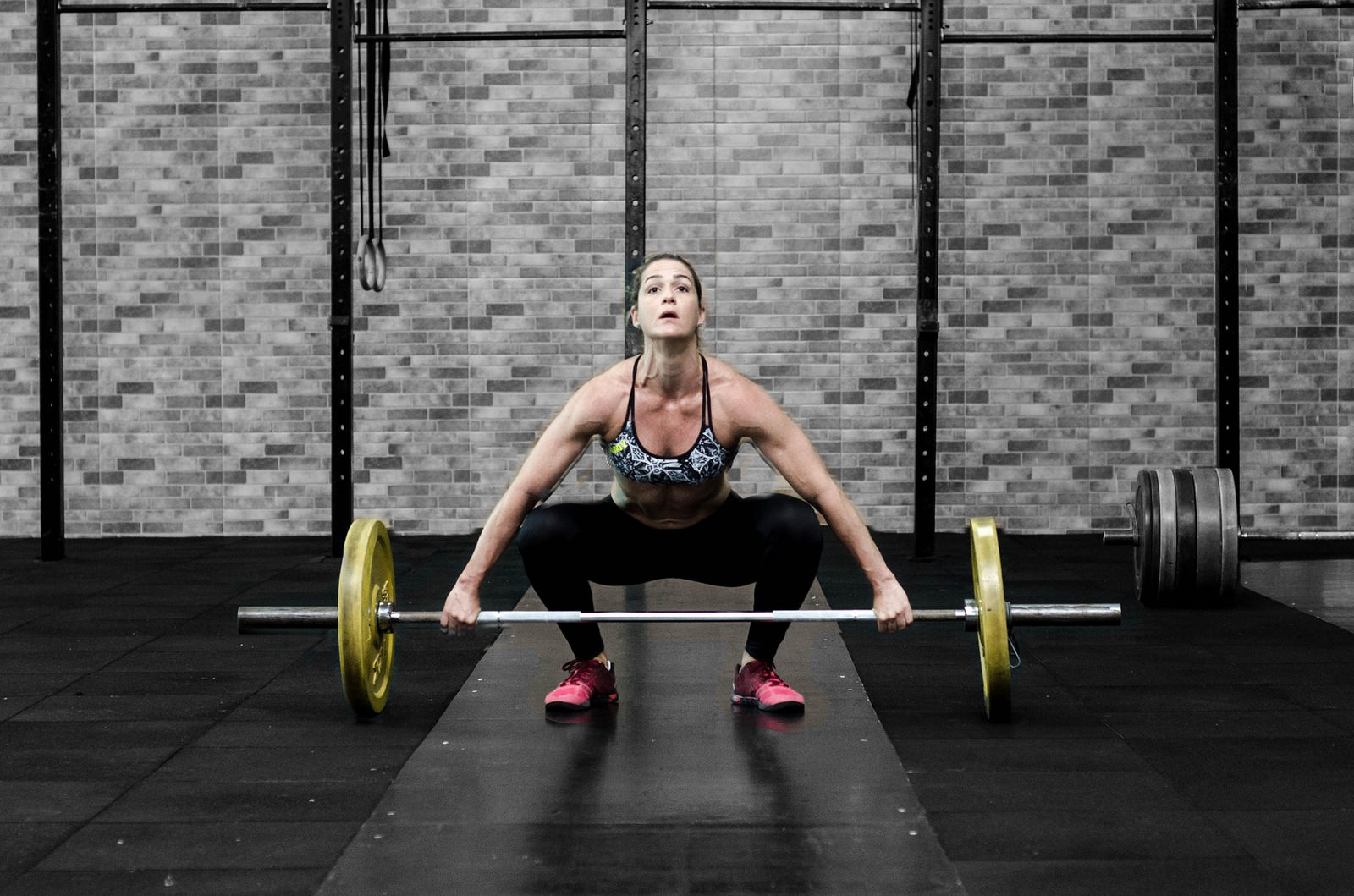Areestion during prolta, J. L., Burke, L. M., Ross, M. L., Camera, D. M., West, D. W., Broad, E. M., ... & Hawley, J. A. (2013).
Timing and distribution of protein ingonged recovery from resistance exercise alters myofibrillar protein synthesis. The Journal of physiology , 591 (9), 2319-2331 Louise M. Burke, John A. Hawley, Stephen H. S. Wong & Asker E. Jeukendrup (2011)
Carbohydrates for training and competition, Journal of Sports Sciences, 29:sup1, S17-S27, DOI: 10.1080/02640414.2011.585473 Clifford, T., Bell, O., West, D. J., Howatson, G., & Stevenson, E. J. (2016).
The effects of beetroot juice supplementation on indices of muscle damage following eccentric exercise. European journal of applied physiology , 116 (2), 353-362. Close, G. L., Sale, C., Baar, K., & Bermon, S. (2019).
Nutrition for the prevention and treatment of injuries in track and field athletes. International journal of sport nutrition and exercise metabolism , 29 (2), 189-197 Currell , Kevin. Performance Nutrition . Crowood Press (April 1, 2017)
Farup, J., Rahbek, S. K., Knudsen, I. S., de Paoli, F., Mackey, A. L., & Vissing, K. (2014). Whey protein supplementation accelerates satellite cell proliferation during recovery from eccentric exercise. Amino Acids , 46 (11), 2503-2516 Frankenfield, D. (2006).
Energy expenditure and protein requirements after traumatic injury. Nutrition in Clinical Practice , 21 (5), 430-437 Glover, E. I., Phillips, S. M., Oates, B. R., Tang, J. E., Tarnopolsky, M. A., Selby, A., ... & Rennie, M. J. (2008).
Immobilization induces anabolic resistance in human myofibrillar protein synthesis with low and high dose amino acid infusion. The Journal of physiology , 586 (24), 6049-6061 Guo, S., & Dipietro, L. A. (2010).
Factors affecting wound healing. Journal of dental research , 89 (3), 219–229. https://doi.org/10.1177/0022034509359125 Juhasz, I., Kopkane, J. P., Hajdu, P., Szalay, G., Kopper, B., & Tihanyi, J. (2018).
Creatine Supplementation Supports the Rehabilitation of Adolescent Fin Swimmers in Tendon Overuse Injury Cases. Journal of sports science & medicine , 17 (2), 279–288 Kelley, D. S., Adkins, Y., & Laugero, K. D. (2018).
A Review of the Health Benefits of Cherries. Nutrients , 10 (3), 368. https://doi.org/10.3390/nu10030368 Kerksick, C. M., Arent, S., Schoenfeld, B. J., Stout, J. R., Campbell, B., Wilborn, C. D., Taylor, L., Kalman, D., Smith-Ryan, A. E., Kreider, R. B., Willoughby, D., Arciero, P. J., VanDusseldorp, T. A., Ormsbee, M. J., Wildman, R., Greenwood, M., Ziegenfuss, T. N., Aragon, A. A., & Antonio, J. (2017).
International society of sports nutrition position stand: nutrient timing. Journal of the International Society of Sports Nutrition , 14 , 33. https://doi.org/10.1186/s12970-017-0189-4 Laumonier, T., & Menetrey, J. (2016).
Muscle injuries and strategies for improving their repair. Journal of experimental orthopaedics , 3 (1), 15. https://doi.org/10.1186/s40634-016-0051-7 Logue, D. M., Madigan, S. M., Melin, A., Delahunt, E., Heinen, M., Donnell, S. M., & Corish, C. A. (2020). Low Energy Availability in Athletes 2020:
An Updated Narrative Review of Prevalence, Risk, Within-Day Energy Balance, Knowledge, and Impact on Sports Performance. Nutrients , 12 (3), 835. https://doi.org/10.3390/nu12030835 Phillips, C. M., Chen, L. W., Heude, B., Bernard, J. Y., Harvey, N. C., Duijts, L., ... & Shivappa, N. (2019).
Dietary inflammatory index and non-communicable disease risk: a narrative review. Nutrients , 11 (8), 1873. Maughan, R. J., Burke, L. M., Dvorak, J., Larson-Meyer, D. E., Peeling, P., Phillips, S. M., ... & Meeusen, R. (2018).
IOC consensus statement: dietary supplements and the high-performance athlete. International journal of sport nutrition and exercise metabolism , 28 (2), 104-125 Myer, G. D., Kushner, A. M., Brent, J. L., Schoenfeld, B. J., Hugentobler, J., Lloyd, R. S., Vermeil, A., Chu, D. A., Harbin, J., & McGill, S. M. (2014).
The back squat: A proposed assessment of functional deficits and technical factors that limit performance. Strength and conditioning journal , 36 (6), 4–27. https://doi.org/10.1519/SSC.0000000000000103 Mountjoy, M., Sundgot-Borgen, J., Burke, L., Carter, S., Constantini, N., Lebrun, C., ... & Ljungqvist, A. (2014).
The IOC consensus statement: beyond the female athlete triad—Relative Energy Deficiency in Sport (RED-S). Br J Sports Med , 48 (7), 491-497 Pence, B. D., & Woods, J. A. (2014). Exercise, obesity, and cutaneous wound healing: evidence from rodent and human studies. Advances in wound care , 3 (1), 71-79. Quintero, K. J., de Sá Resende, A., Leite, G. S. F., & Junior, A. H. L. (2018).
An overview of nutritional strategies for recovery process in sports-related muscle injuries. Nutrire , 43 (1), 27 Sale, C., & Elliott-Sale, K. J. (2019). Nutrition and athlete bone health. Sports Medicine , 1-13 Shaw, G., Lee-Barthel, A., Ross, M. L., Wang, B., & Baar, K. (2017).
Vitamin C–enriched gelatin supplementation before intermittent activity augments collagen synthesis. The American journal of clinical nutrition , 105 (1), 136-143 Smith, Stephen, MSc, PHd, (Cand), NUTRITION FOR INJURY PREVENTION & REHABILITATION applied in an elite powerlifter.2019.
IOPN Performance Nutrition DiplomaTipton, K. D. (2015).
Nutritional support for exercise-induced injuries. Sports Medicine , 45 (1), 93-104 Van Vliet, S., Shy, E. L., Abou Sawan, S., Beals, J. W., West, D. W., Skinner, S. K., ... & Moore, D. R. (2017).
Consumption of whole eggs promotes greater stimulation of postexercise muscle protein synthesis than consumption of isonitrogenous amounts of egg whites in young men. The American journal of clinical nutrition , 106 (6), 1401-1412 Wall, B. T., Snijders, T., Senden, J. M., Ottenbros, C. L., Gijsen, A. P., Verdijk, L. B., & van Loon, L. J. (2013). Disuse impairs the muscle protein synthetic response to protein ingestion in healthy men. The Journal of Clinical Endocrinology & Metabolism , 98 (12), 4872-4881 Yang, D. F., Shen, Y. L., Wu, C., Huang, Y. S., Lee, P. Y., Er, N.X., ... & Tung, Y. T. (2019).
Sleep deprivation reduces the recovery of muscle injury induced by high-intensity exercise in a mouse model. Life sciences , 235 , 116835 Precision Nutrition, Nutrition for Injury Recovery Infographic. https://www.precisionnutrition.com/ http://www.sportsrd.org/wp-content/uploads/2016/08/Nutrition- Support-for-Inury-Recovery-Return-to-Play.pdf




